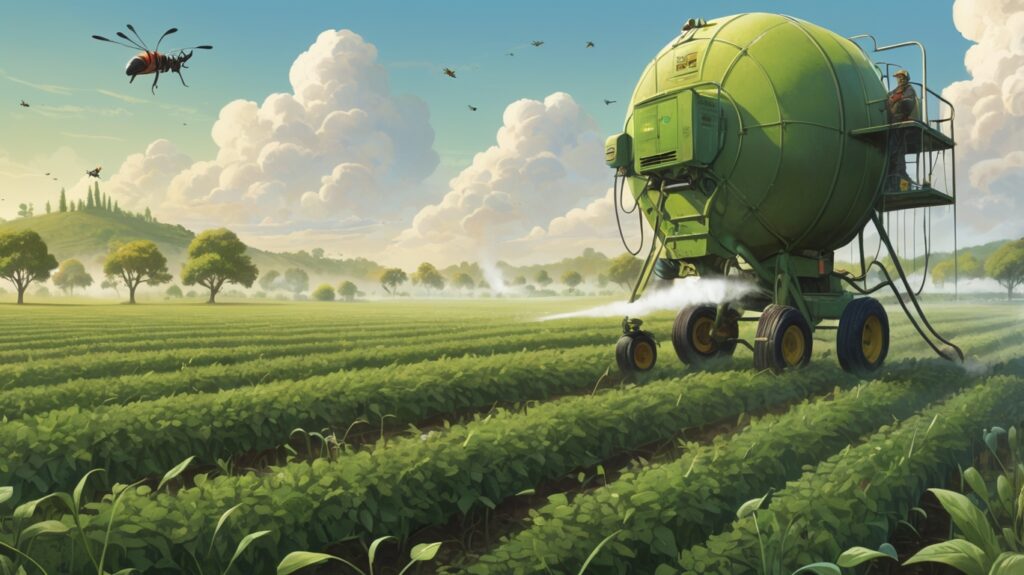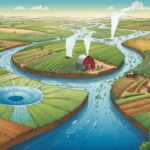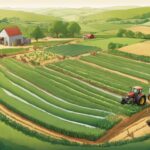The Quiet Impact of Pesticides on the Environment
In our pursuit of abundant harvests and pest-free crops, pesticides have become a common tool in modern agriculture. While they serve an important purpose in protecting food supplies, their widespread use has subtle yet far-reaching consequences for the environment. The impact of these chemicals extends beyond the fields where they are applied, quietly influencing ecosystems, water quality, and even non-target species.

How Pesticides Affect the Natural World
1. Soil Health and Microorganisms
Healthy soil is teeming with life—bacteria, fungi, earthworms, and other organisms that contribute to nutrient cycling and plant growth. Pesticides, particularly persistent ones, can disrupt this delicate balance. Over time, they may reduce microbial activity, leading to poorer soil fertility and slower decomposition of organic matter.
2. Water Contamination
Rain and irrigation can carry pesticides into nearby streams, rivers, and groundwater. Once in the water, these chemicals can harm aquatic life. Some pesticides, like neonicotinoids, are highly soluble and have been detected in waterways at levels toxic to insects, fish, and amphibians. Over time, this contamination can accumulate, affecting drinking water sources and long-term ecosystem health.
3. Harm to Beneficial Insects
Not all insects are pests. Bees, butterflies, and other pollinators play a crucial role in agriculture and natural ecosystems. Unfortunately, many pesticides do not discriminate between harmful and beneficial species. The decline of bee populations, in particular, has been linked to certain insecticides, raising concerns about food security and biodiversity.
4. Impact on Birds and Wildlife
Pesticides can travel up the food chain. Insects exposed to chemicals may be eaten by birds, bats, or small mammals, leading to secondary poisoning. Some pesticides, like DDT (now banned in many countries), were notorious for causing thinning eggshells in birds of prey, nearly driving species like the bald eagle to extinction. While regulations have improved, newer pesticides may still pose risks to wildlife.
5. Resistance and the Pesticide Treadmill
Just as overuse of antibiotics can lead to resistant bacteria, repeated pesticide use can create resistant pests. Farmers may then apply stronger or more frequent doses, perpetuating a cycle that harms the environment without solving the underlying problem. This “pesticide treadmill” can make agriculture less sustainable in the long run.
Moving Toward Balance
The goal isn’t to eliminate pesticides entirely—they play a role in food production—but to use them more thoughtfully. Integrated Pest Management (IPM), organic farming practices, and biopesticides offer alternatives that reduce reliance on synthetic chemicals. Consumers can also support sustainable agriculture by choosing products grown with minimal pesticide use.
The impact of pesticides on the environment is not always dramatic or immediate, but it is significant. By understanding these effects, we can make more informed choices—for the health of our ecosystems and future generations.



